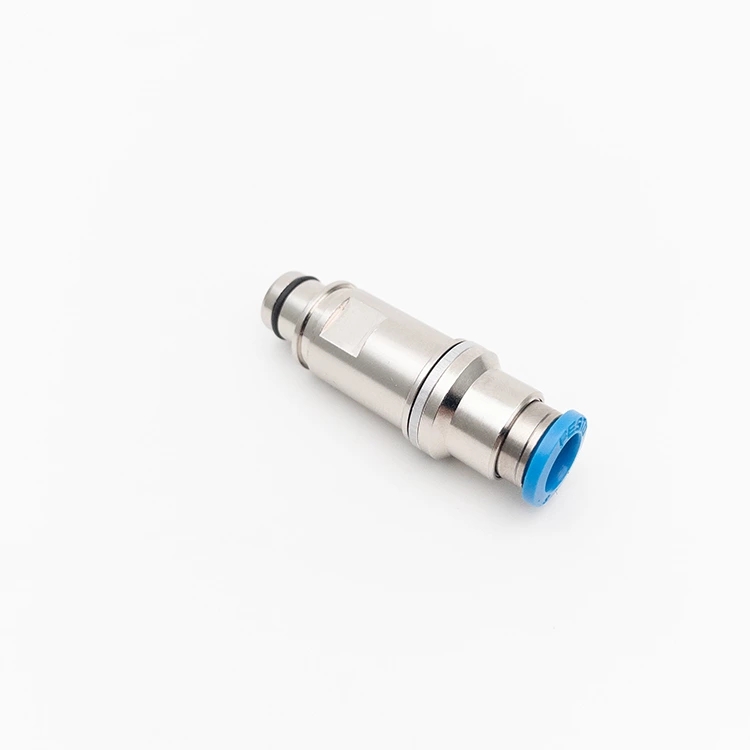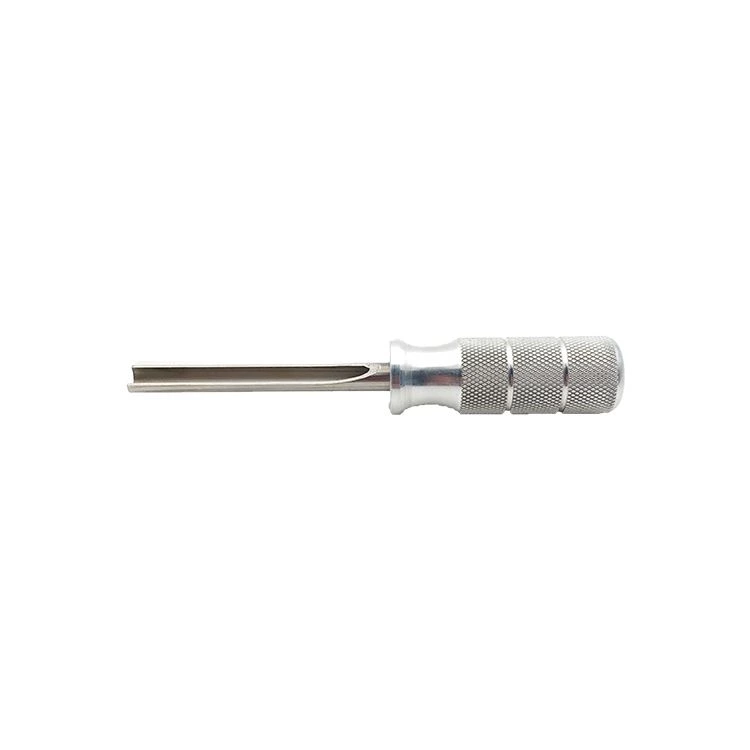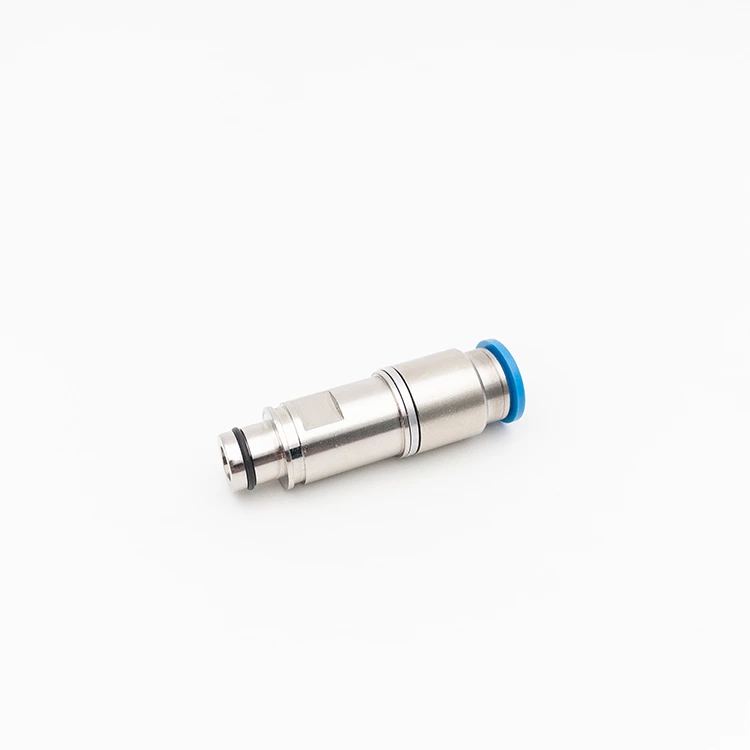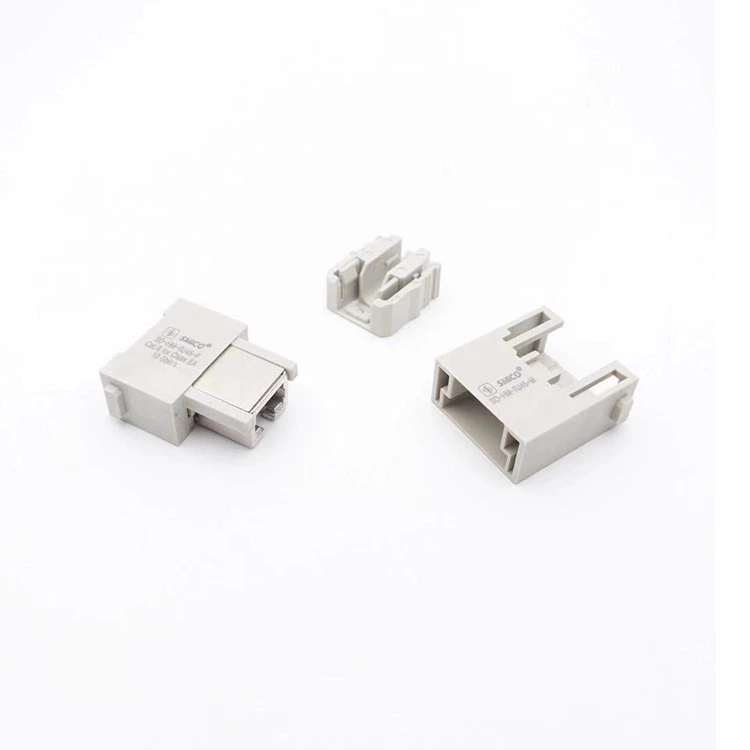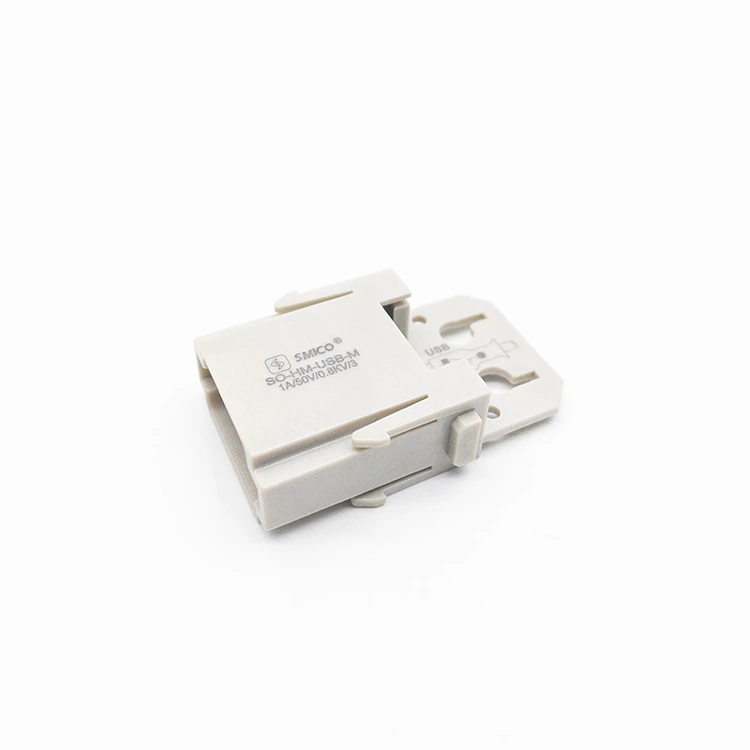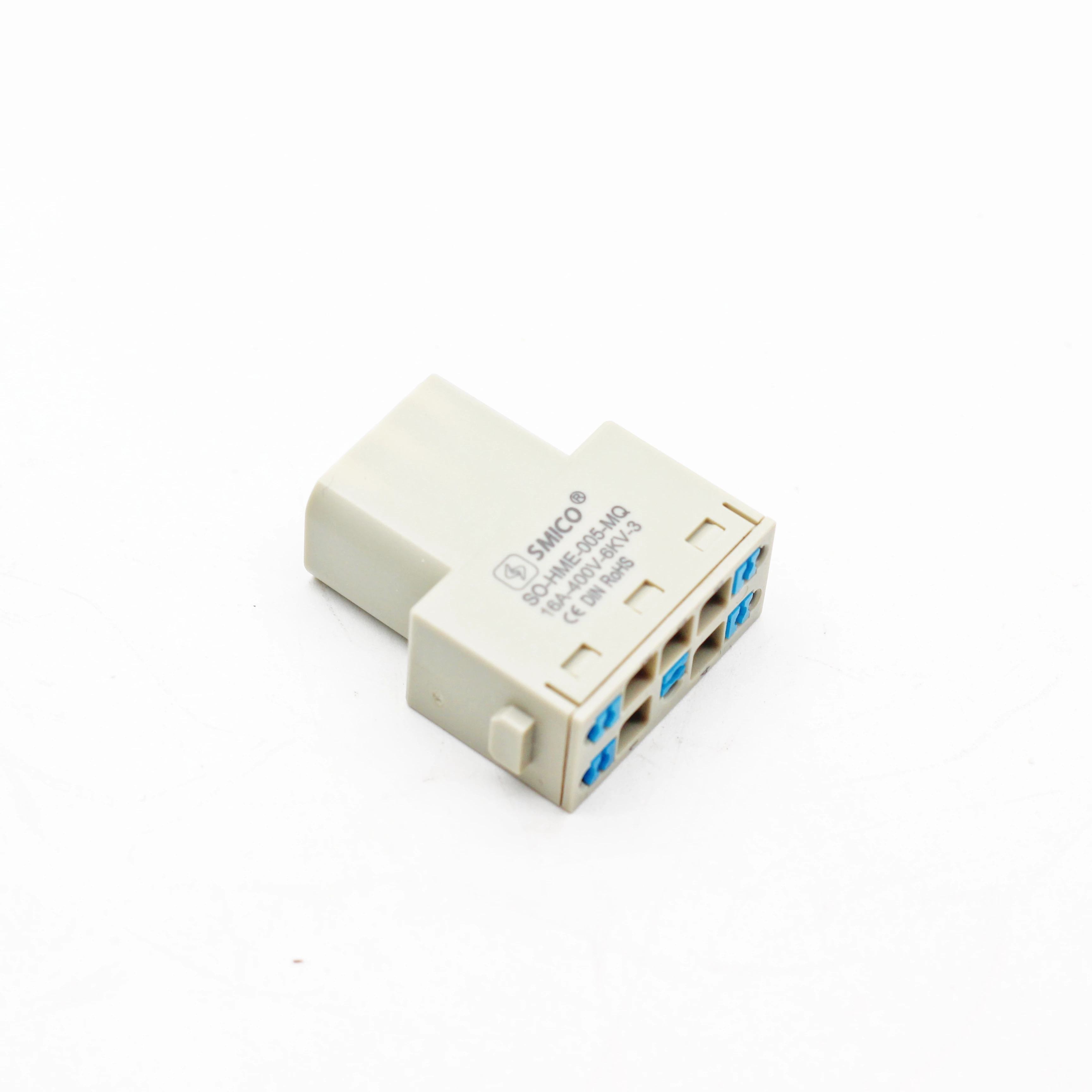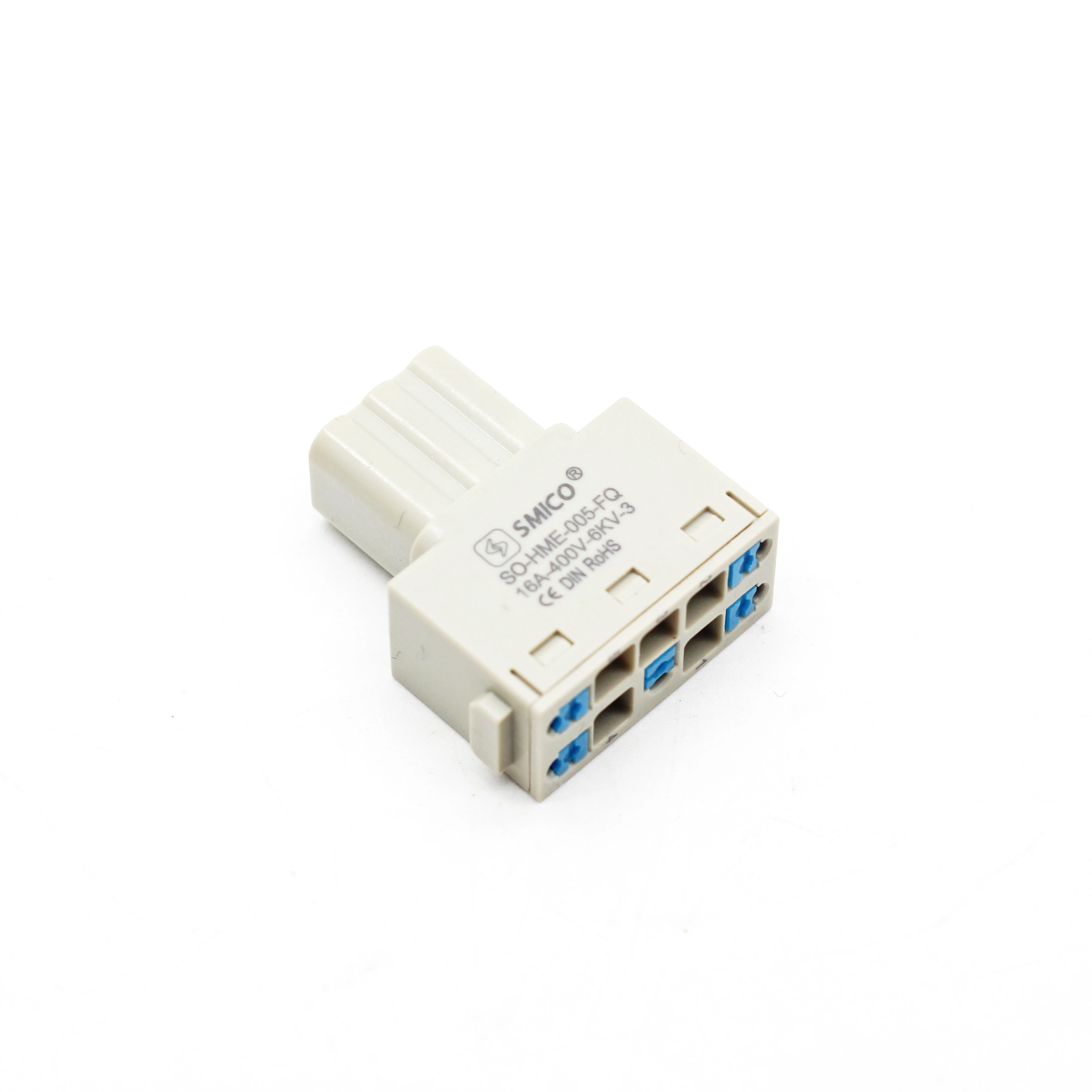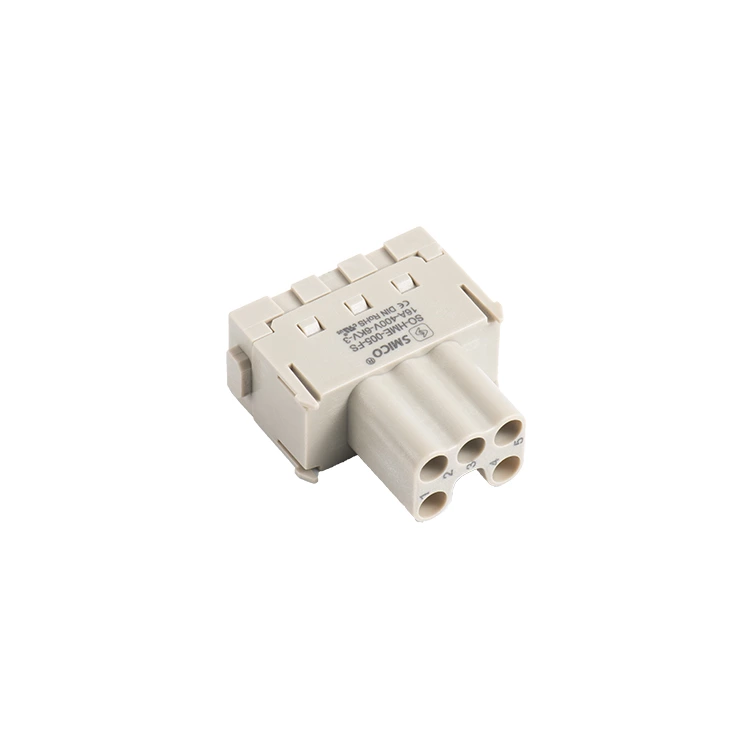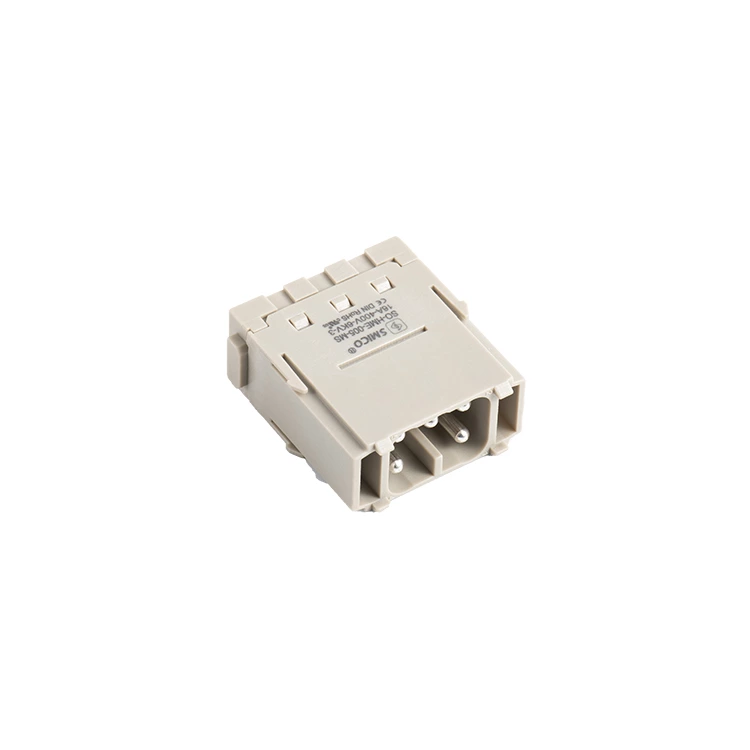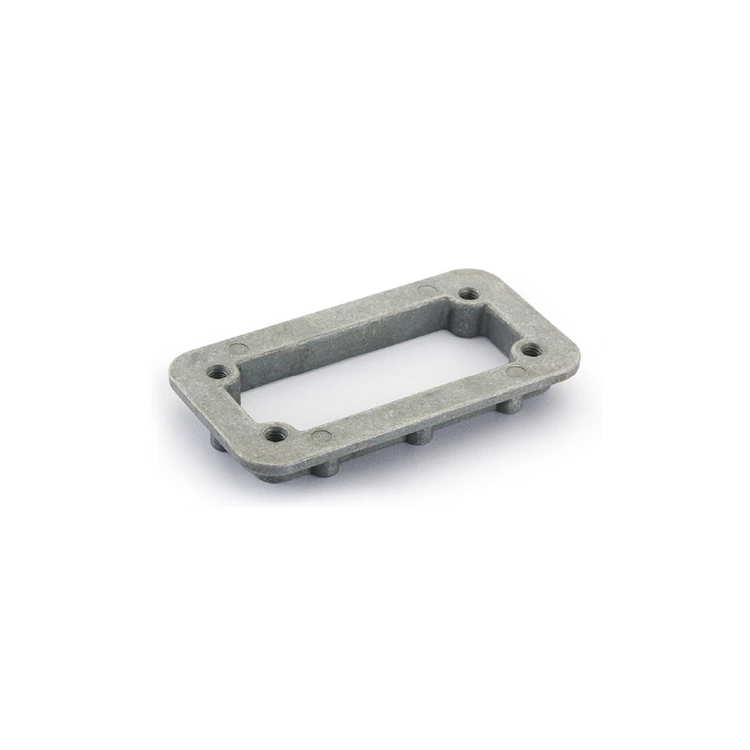Read This Article To Understand! How Heavy-duty Connectors Become The "invisible Link" Of Smart Manufacturing
In the wave of intelligent manufacturing, the interconnection between industrial equipment has become a core element to improve production efficiency and ensure system stability. In this "seamless connection" revolution, Heavy Duty Connector is quietly playing a key role as an "invisible link". It is not only a transmission carrier for signals and energy, but also the cornerstone of reliable operation of industrial automation systems. This article will deeply analyze how heavy-duty connectors enable intelligent manufacturing from three dimensions: technical principles, application scenarios, and industry value.
1. Technical core: from "ordinary connection" to "industrial reliability"
Traditional connectors often face three major challenges in industrial scenarios: poor environmental adaptability (such as high temperature, humidity, and dust), weak vibration resistance (causing poor contact), and high maintenance costs (frequent replacement affects production). The heavy-duty connector perfectly solves these problems through the following technological breakthroughs:
Protection level upgrade
Adopting protection standards such as IP67/IP69K, it has waterproof, dustproof, and high-pressure cleaning resistance, and can adapt to extreme environments (such as food processing and outdoor equipment).
High-strength mechanical structure
Metal shell + anti-vibration lock design can withstand tens of thousands of plug-in and pull-out times and strong vibration shock to ensure stable connection.
Modularization and customization
Supports free combination of different modules such as signal, power supply, optical fiber, etc. to meet the diverse needs of complex industrial scenarios.
Intelligent monitoring function
Some high-end models integrate temperature and humidity sensors to monitor the connection status in real time and warn of faults in advance.
2. Application scenarios: from "single point connection" to "system-level empowerment"
In many key areas of intelligent manufacturing, heavy-duty connectors have become an indispensable "invisible link":
Robots and automated production lines
Industrial robots need to move and rotate frequently, and traditional connectors are prone to breakage due to vibration. Heavy-duty connectors use anti-vibration design to ensure stable transmission of signals and power supplies for equipment such as robotic arms and servo motors.
New energy and energy storage systems
Equipment such as charging piles and energy storage stations need to withstand high current shocks and outdoor environment tests. The high conductivity and protection capabilities of heavy-duty connectors ensure the safety and efficiency of energy transmission.
Rail transit and heavy machinery
Trains, excavators and other equipment need to operate for a long time under harsh working conditions. The high temperature resistance and corrosion resistance of heavy-duty connectors ensure the continuous operation of key systems.
Data centers and smart factories
High-speed networks and automation equipment have extremely high requirements for the stability of signal transmission. The fiber optic module and low latency design of heavy-duty connectors have become the underlying support of the Industrial Internet of Things (IIoT).
III. Industry value: from "reducing costs" to "reconstructing production models"
The value of heavy-duty connectors is not only reflected in the technical level, but also in its far-reaching impact on the smart manufacturing ecosystem:
Reduce maintenance costs
Traditional connectors have a failure rate of up to 10%-15%, while heavy-duty connectors can reduce the failure rate to less than 1%, reducing downtime and labor maintenance costs.
Improve production efficiency
In industries such as automobile manufacturing and 3C electronics, equipment downtime for 1 hour may result in a loss of hundreds of thousands of yuan. The stability of heavy-duty connectors directly guarantees the continuous operation of the production line.
Promote flexible manufacturing
The modular design enables equipment to be quickly replaced or upgraded to meet the production needs of "small batches and multiple varieties" and accelerate the transformation of smart manufacturing.
Assisting green manufacturing
By reducing energy loss and equipment scrapping rate, heavy-duty connectors indirectly reduce carbon emissions, which is in line with the trend of sustainable development.
4. Future trends: intelligence and standardization go hand in hand
With the advancement of Industry 4.0, heavy-duty connectors are developing in two major directions:
Intelligence
Integrating sensors and communication modules to achieve real-time monitoring and remote diagnosis of connection status, and promoting predictive maintenance of equipment.
Standardization
Institutions such as the International Electrotechnical Commission (IEC) are promoting unified standards for connector interfaces, reducing equipment compatibility costs, and accelerating the construction of the smart manufacturing ecosystem.
Conclusion: Invisible ties, explicit value
In the complex network of smart manufacturing, heavy-duty connectors may not be as eye-catching as robots and AI algorithms, but they are the "invisible ties" that support the stable operation of the entire system. From technological breakthroughs to industry empowerment, from cost reduction to reconstruction of production models, heavy-duty connectors are releasing "big energy" with their "small size". In the future, with the deepening of the industrial Internet, the value of this "invisible bond" will become more and more prominent and become an indispensable core component of smart manufacturing.
